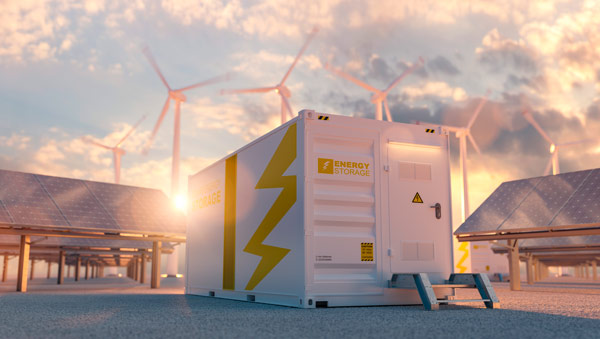Challenge #11
BESS’s foundations in Chile
Battery Energy Storage Systems (BESS) present challenges at the time of fixing the equipment, due to the variety of soil types. We seek to develop solutions to reduce the time and cost of fixing battery equipment, usually done with concrete foundations.

Context
At Transelec, we operate a wide network of transmission lines and substations in Chile. We seek to improve our operations and reduce environmental impact while complying with local regulations. In our battery energy storage system (BESS) projects, we face challenges due to various soil types that difficult the foundation’s construction.
Currently, we need to build more than 153 Wisin foundations and We plan at least 9 projects for the coming years. These projects are often in remote areas, complicating logistics and development. The fixation of the batteries (containers) is a critical activity involving land preparation, excavation, foundation construction, and battery fixation. Additionally, there is a risk of encountering archaeological remains, which can delay the project by an average of 4 to 9 months.
Challenge
- This challenge seeks to find/develop solutions to reduce the time and cost of fixing BESS battery equipment to the ground, usually done with concrete foundations. The solutions should minimize excavation and preferably be self-leveling. They must also comply with local regulations and adapt to the various soil types in Chile. Early detection of archaeological remains is also relevant to decrease the construction time.
What we’re looking for
We are looking for new technologies, tools, services, etc., oriented towards the development of foundations or anchors for BESS equipment. The solution must be effective, cost-efficient, and have a technological or digital component that allows solving the problem in a friendly and different way than traditional foundations. There is the possibility to apply with MVP prototypes or other solutions (TRL 2 onwards).
Driving questions
- How could we minimize or eliminate the excavation necessary for the installation of the foundations?
- How could we use new self-leveling foundations that compensate for ground irregularities?
- What innovative methods and/or materials can we use as new forms of anchoring our BESS batteries?
- How can we ensure that these foundations are cost and time-efficient in construction?
- How could we accelerate the construction of anchors or foundations in a less invasive way?
- How could we detect the presence of archaeological remains before starting excavation?
- How could we design foundations for BESS equipment that adapt to various soil types in Chile?

